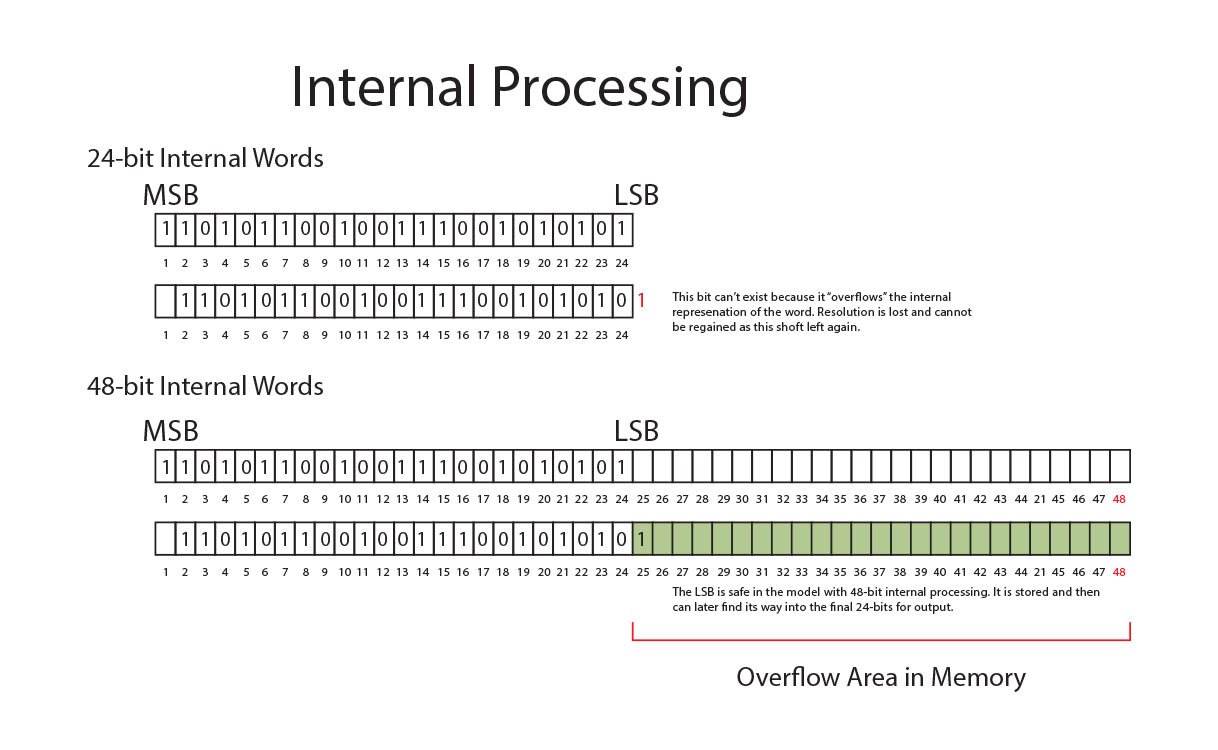Pro Tools 11: Now 64x Better, Not!
A few weeks ago, I received an invitation to a special presentation sponsored by the Producers and Engineering Wing of the Recording Academy on Pro Tools 11. Normally, I wouldn’t be interested. Pro Tools has been around a very long time. I had Sound Tools, its predecessor, way back in 1989. In the intervening years, this particular Digital Audio Workstation has become the industry standard for commercial music recording and post production audio. I have both PT 9 and PT 10 here at the studio, although it is reserved for my film clients and non sound critical production work. And I teach Pro Tools at the university…every student of audio engineering needs to know how to operate the program.
Normally, I wouldn’t have gone. An expensive upgrade to a new version of Pro Tools just isn’t that interesting especially since the people that I know who use PT are already grumbling about having to repurchase ALL of their plug-ins due to the new architecture of the system. I get back to that in a few moments.
I was interested in driving the few blocks down the street to the NARAS headquarters because the evening was to feature the co-director of the P&E Wing, producer/engineer Brian Malouf. I RSVP’d for the event because of Brian. He and I have been friends for almost 40 years.
Brian and I met at CSUN in Dr. George Skapski’s “History of Music” (from antiquity to 1600…through the Renaissance) in the fall of 1975. We hit it off immediately and have stayed in contact over the intervening years. Brian was a drummer and after he had some health issues he switched to engineering and producing here in Southern California. He worked at Can Am Recorders out in the San Fernando Valley with Michael Jackson and a bunch of other big stars.
I would visit him in New York when he moved there to work for Arista as an A&R person. Brian’s the real deal in the commercial recording industry. Now he’s back in Southern California and we pass Linked In messages and the occasional email. I thought it would be great to see him and learn what he had to say about the new Pro Tools version.
As it turned out Brian gave a very brief speech about his experiences with Pro Tools and told the assembled audience that the new version could be a real turning point for the industry. The rest of the 2 hour presentation was given by an employee of AVID, the people that spent the last year rewriting the entire program. They took PT from 32 bits to 64 bits. This doesn’t mean that the audio work lengths are that long…just that the program can now run natively in a 64-bit computing environment. Basically, this means you can eclipse the 4 gigabyte ceiling that a 32-bit architecture gives you. That is a major step forward.
The whole evening was a rather disappointing sales session. The presenter did a great job making his way through dozens of graphically slick power point slides and then bouncing back to a live session complete with HD video. But it a little frustrating to sign up for an event like this and be submitted to a nonstop sales pitch. Everyone in the audience knows that they are not likely upgrade to PT 11 because we will all have to repurchase thousands of dollars worth of expensive plug-ins. I know I’ve spent over $5K on this add-ons for my system in the past couple of years. The thought of throwing them away and getting exactly the same thing for a new version of PT is daunting.
PT has always been unusable for audiophile recording because of the internal width of the PCM digital words that it stores. Until PT 11, they have been limited to 24-bits. That might sound like enough…after all we have 96 kHz/24-bits in our DVD and BD players right?
That 24-bits is the final output length of a digital stream that has undergone lots of processing along the way. Any time you change the volume, or add EQ or dynamic processing to a digital audio file, the number of bits changes and it requires some additional “working” bits to spill over into to maintain the integrity of the information in each word.
Figure 1 – Internal processing at 24-bits vs. 48-bits.
For example, if you lower the volume 3 dB the amplitude represented by the ones and zeros in a stream of 24-bit digital words, you have just shifted all of the bits to the right by one place (3 dB is half the amplitude and in a binary representation moving one place value doubles or halves the value). The bit that was in the LSB (least significant bit) needs to stored in a 25th bit position. In PT 10 and lower it was thrown away. There simply was not place to put it. What’s needed is an internal processing environment that is longer (substantially) longer than the final output 24-bits. Sonic Solutions Premastering System and now Sonic Sound Blade use 56-bits internally and Nuendo uses 48-bits.
Pro Tools has persisted in restricting its processing length to 24-bits for all these years. So the news that PT 11 finally gets more internal processing is huge. I asked the presenter about the word lengths and the possibility for higher sample rates. The internal processing is now 32-bits and they have no plans for anything higher than 192 kHz.
As for any chance the production community will ever see the inclusion of DSD Pro Tools? the answer I got from the presenter was “never”. “There’s no demand for it”. In fact in a casual survey of the engineers in the room, I found only one engineer who even knew what DSD was? They had heard of SACD (which the assumed was dead) but had never been asked to work in DSD or DXD. The records and movie soundtracks that are being made for the mass market are always going to be PCM.


